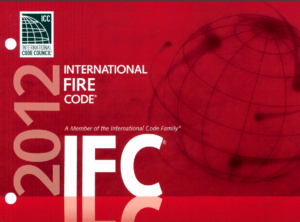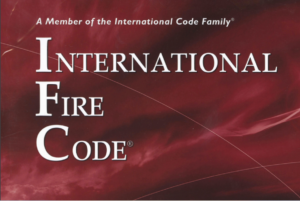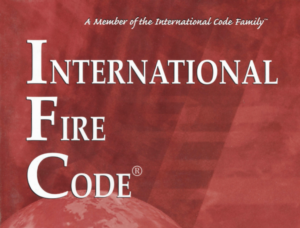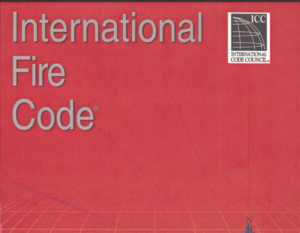The 2001 edition of NFPA 15 details the standards for Water Spray Fixed Systems used in fire protection. This document, crafted by the Technical Committee on Water Spray Fixed Systems, specifies the minimum requirements for the design, installation, testing, and maintenance of these systems to ensure effective fire control and prevention for specific hazards.
Water Spray Fixed Systems, as outlined in NFPA 15, are designed to protect environments containing flammable gases, liquids, electrical hazards, and ordinary combustibles such as wood and textiles. The standard emphasizes that these systems should be tailored specifically to the hazards they aim to protect and can operate independently or in conjunction with other fire protection systems.
Key aspects of NFPA 15 include guidelines on the placement and spacing of spray nozzles, the required discharge densities, and the protective measures for the system’s piping. It also discusses the critical need for routine testing and maintenance to sustain the system’s operational integrity.
The 2001 edition saw a reorganization to align with the NFPA Manual of Style, enhancing the clarity and usability of the document. This reformatting was aimed at making the standard more straightforward and enforceable, providing a clearer distinction between mandatory requirements and advisory content.
Overall, NFPA 15 provides comprehensive directives on employing Water Spray Fixed Systems as a reliable method of fire suppression, detailing the engineering principles, field experiences, and test data that underpin effective fire protection solutions.






